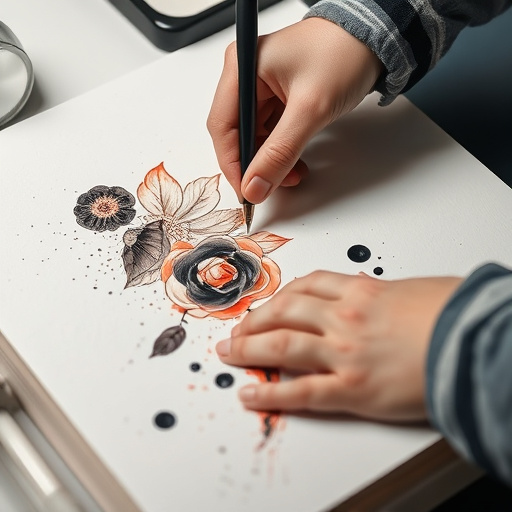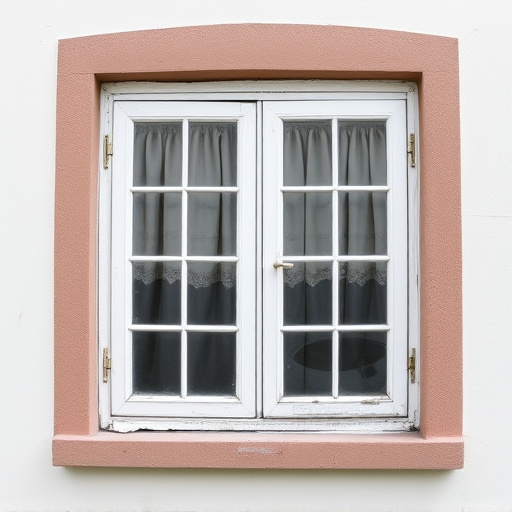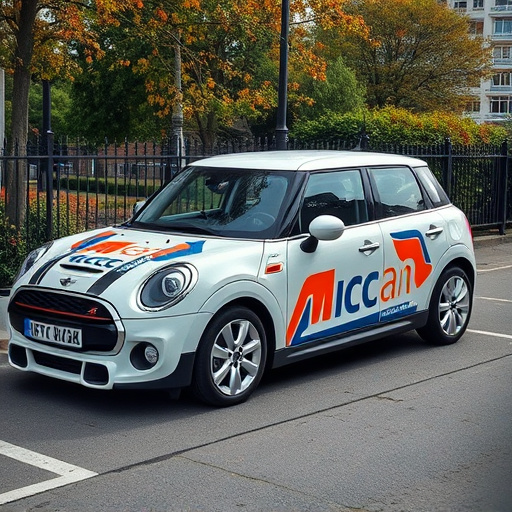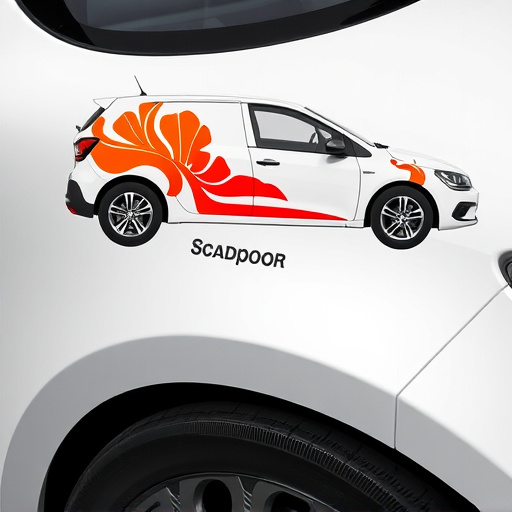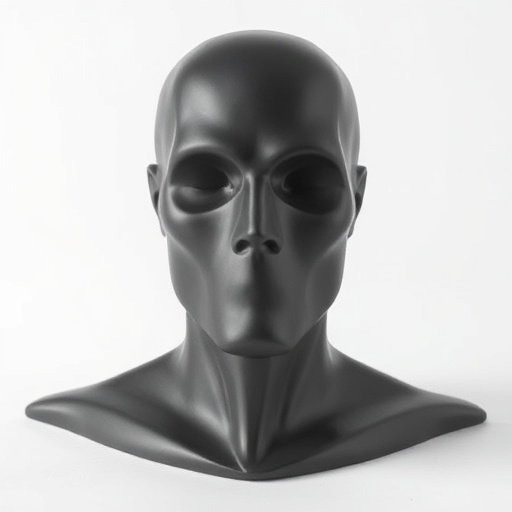Custom design services success measured through integrated metrics: client satisfaction (qualitative), repeat orders, brand recognition (quantitative). Key indicators include lead conversion rates, average order value, customer retention. Feedback mechanisms ensure dynamic metrics responsive to market trends and client needs. Long-term impact evaluated via user experiences, business outcomes, brand perception using analytics tools & feedback surveys.
In the realm of custom design services, measuring success goes beyond aesthetics. It’s about aligning creative outputs with client goals and creating tangible value. This article explores a strategic approach to evaluating custom design service deliverables. We delve into defining clear metrics for success, understanding client feedback as a powerful indicator, and tracking the long-term impact of design solutions. By implementing these practices, design professionals can ensure their services deliver measurable results, fostering stronger client relationships and business growth.
- Define Clear Metrics for Custom Design Success
- Client Feedback and Satisfaction Assessment
- Tracking Long-Term Impact of Design Deliverables
Define Clear Metrics for Custom Design Success

Measuring success for custom design services requires defining clear and quantifiable metrics that align with client expectations. These metrics should encompass both qualitative and quantitative aspects to provide a holistic view of performance. For instance, when offering services like custom graphics or vehicle wraps, success could be gauged by client satisfaction scores, the number of repeat orders, and the effectiveness of the design in achieving brand recognition or enhancing scratch protection on vehicles.
Additionally, specific metrics like lead conversion rates, average order value, and customer retention over time can highlight the overall impact and profitability of custom design services. Incorporating feedback mechanisms into the delivery process ensures that these metrics remain relevant and responsive to market trends and client needs.
Client Feedback and Satisfaction Assessment

Client feedback is a powerful metric for evaluating the success of custom design services. It provides direct insights into customer satisfaction and serves as a barometer for the quality of deliverables. By collecting and analyzing feedback, businesses can understand client expectations, identify areas for improvement, and ensure their designs meet or exceed industry standards. Satisfied clients are more likely to not only repeat business but also recommend the company to others, fostering growth through positive word-of-mouth marketing.
In the realm of custom design services, particularly for automotive enhancements like paint correction and vehicle protection applications (including scratch protection), client satisfaction assessments should delve into several key aspects. This includes the overall aesthetic improvement, the durability and longevity of the protective coatings, and the level of professionalism demonstrated during the installation process. Such detailed feedback enables designers to refine their techniques, select better materials, and ultimately deliver superior custom design services that exceed client expectations.
Tracking Long-Term Impact of Design Deliverables
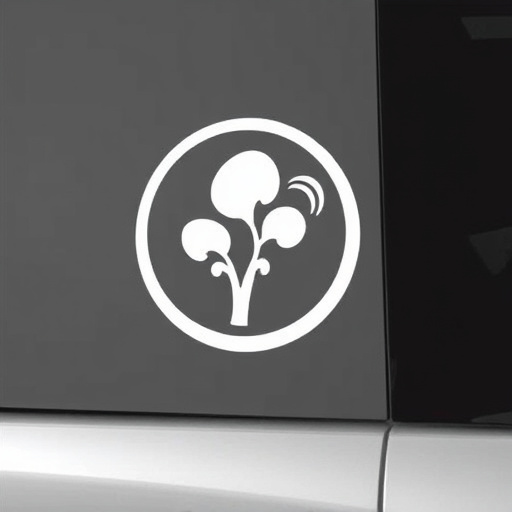
The success of custom design services goes beyond immediate satisfaction; it’s measured by the long-term impact and lasting value they bring to clients. Tracking this impact involves a holistic view of how design deliverables influence user experiences, business outcomes, and brand perception over time. For instance, for a car dealership offering custom design services like window tinting, paint correction, or UV protection, tracking could include measuring customer satisfaction ratings, vehicle resale values, and the overall reputation of the dealership.
Regular feedback mechanisms and post-service surveys can help gauge client satisfaction with the aesthetic improvements and functional benefits provided by these custom design solutions. Additionally, analytics tools can be employed to monitor online engagement, website traffic, and social media interactions post-service delivery. Such data reveals how enhanced visual appeal and protection services, like UV protection, contribute to a positive brand image and continued customer loyalty.
Measuring the success of custom design services requires a multi-faceted approach. By defining clear metrics, gathering client feedback, and tracking long-term impact, design professionals can ensure their deliverables meet and exceed expectations. These strategies not only validate the quality of custom design services but also inform future projects, fostering continuous improvement and stronger client relationships within the dynamic landscape of custom design services.
